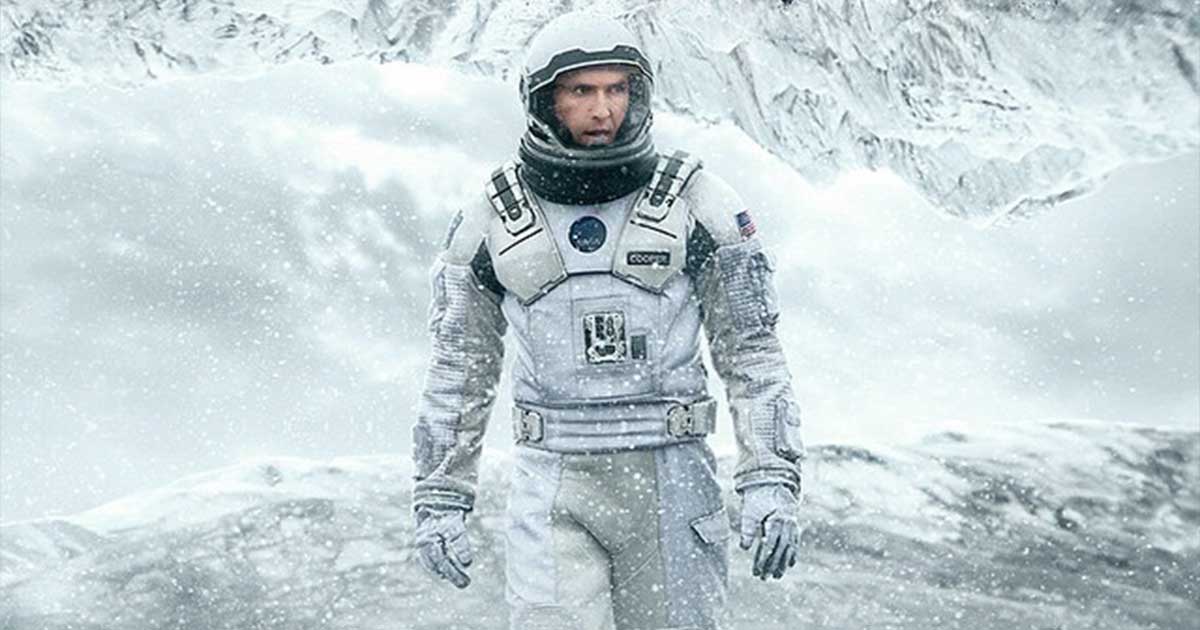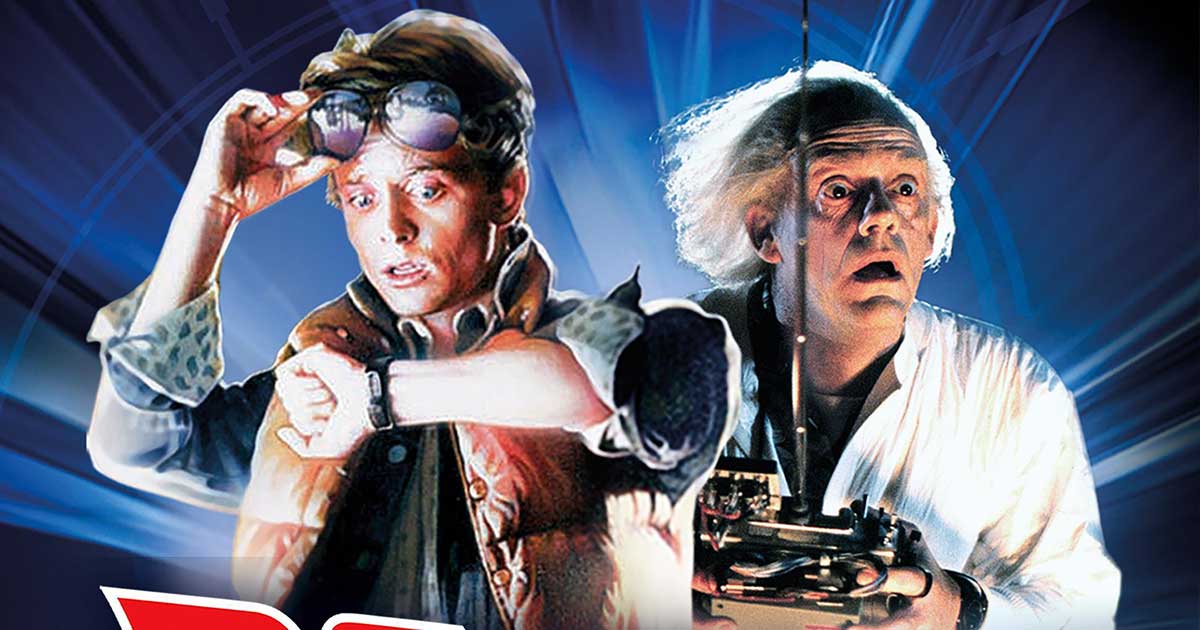Here’s where things get wild. Remember that insane scene where our heroes circle the black hole, Gargantua? Yeah, that wasn’t just sci-fi fluff. With Thorne’s help, the movie went full Einstein, nailing the concept of gravitational time dilation—where time slows down around massive gravitational fields. Ever wonder why the crew returned decades older after visiting a planet close to the black hole? Because time near Gargantua was being twisted into a pretzel by gravity. All that confusion and wonder? Blame the physics.
Thorne didn’t just talk the talk; he walked the walk. He used actual equations from General Relativity to craft Gargantua’s appearance, making the black hole’s visual effects so spot-on that, years later, real-life black hole images looked much like the movies’.
Yup, Interstellar practically predicted the future! Each frame took around 100 hours to render to ensure the swirling halo of light got every gravitational twist right. Even astrophysicist Neil deGrasse Tyson, notorious for tearing apart Hollywood’s science, gave it a nod of approval. When Tyson’s impressed, you know you’ve done something right.
Trending
Wormholes: Not Just Sci-Fi Gobbledygook
But Nolan didn’t stop at black holes; he dove head-first into wormholes, too. Ever dream of a shortcut to a galaxy far, far away? Enter the Interstellar wormhole—a sleek, spherical gateway near Saturn. While wormholes are still unproven (sorry, science fiction fans), the movie took a big swing, basing its depiction on solid theoretical groundwork. Once again, Thorne was there to keep the science grounded—ensuring that the wormhole’s entrance didn’t look like something straight out of a neon rave but more like a subtle space-time distortion.
It’s rare to see a movie that takes theoretical science so seriously. But Interstellar wasn’t here to play. It was here to mess with our heads while keeping one foot firmly planted in the realms of reality. And you’ve got to give credit—portraying a believable wormhole without going overboard takes guts.
IMAX, 3D, and a Sci-Fi Spectacle for the Ages
Now, let’s talk about those visuals. Watching Interstellar on a regular screen was excellent, but seeing it in IMAX 3D? It’s a whole different galaxy. Each cosmic ripple, every distorted star, was meant to make your brain tingle. The 3D tech cranked those already mind-blowing visuals up to eleven, creating a fully immersive experience that regular old screens couldn’t even dream of. It wasn’t just a movie—it was an adventure.
Nolan and his team tweaked a few things for drama (like adding a splash of color to Gargantua’s stark reality). But even with these flourishes, the movie was one of the most scientifically accurate films. Let’s face it—when you’ve got astrophysicists debating whether your movie’s black hole visuals are correct, you’ve done something extraordinary.
Interstellar wasn’t just another flick about space travel. It was a love letter to the universe, a call to curiosity, and a challenge to push beyond the boundaries of what we know. Whether you came for the gripping story, the insane visuals, or just to feel existential dread, you left Interstellar with a more significant sense of wonder and maybe a few more questions about what’s out there.
So, the next time someone says Hollywood science is all fluff, remind them that Interstellar beat NASA to the punch—and looked darn good doing it.
Follow Koimoi for more Bollywood and Hollywood updates.
Must Read: Kung Fu Panda 5: Here’s What to Expect from Po’s Next Adventure
Follow Us: Facebook | Instagram | Twitter | Youtube | Google News
The post Did You Know Interstellar’s Black Hole Was So Scientifically Accurate That NASA Could Have Used It? appeared first on Koimoi.


